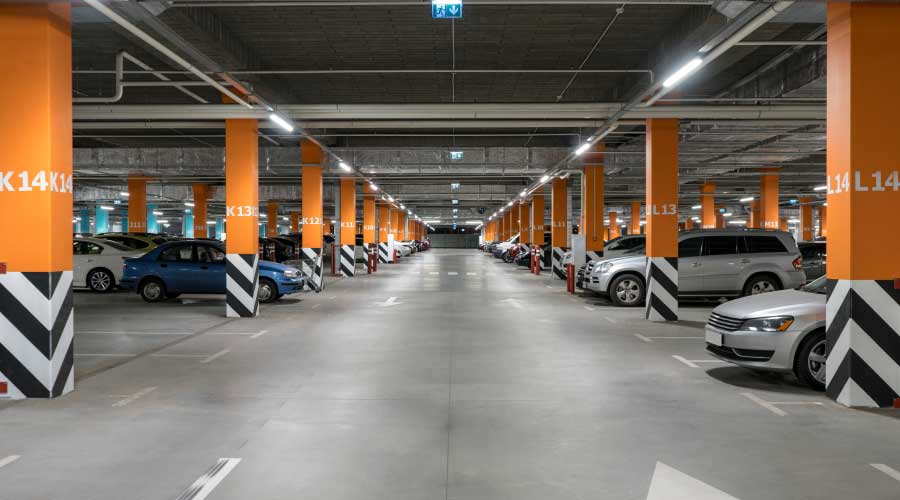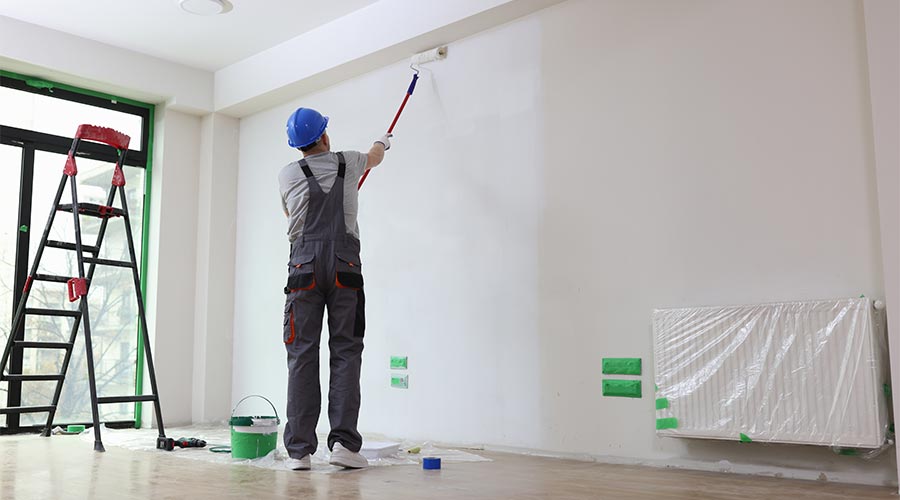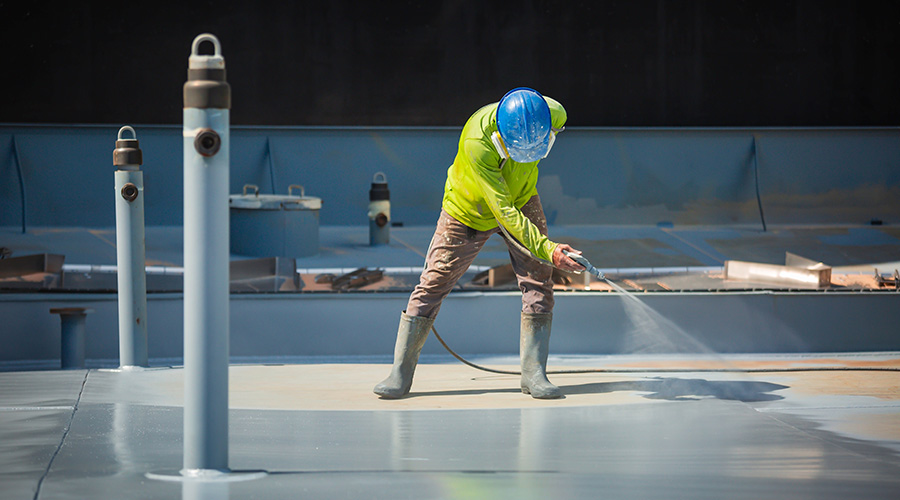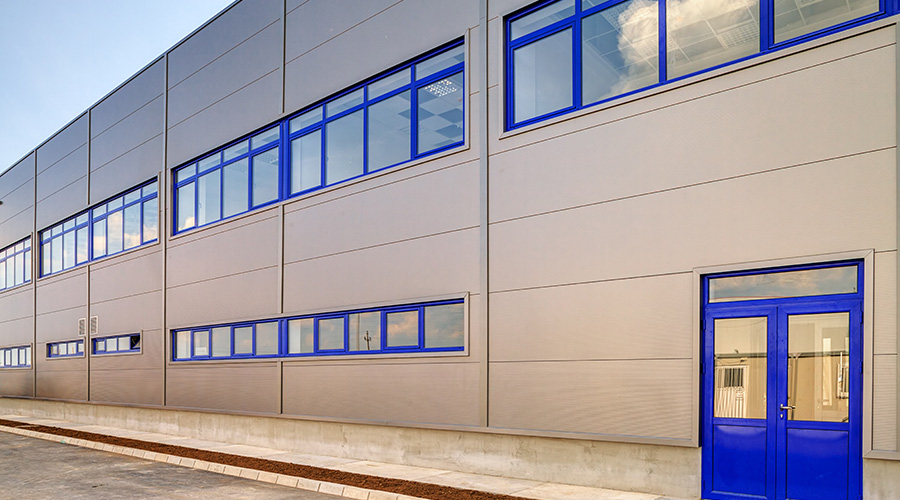Choosing the Right Coating for Parking Garages
There are four major types of sealants used to protect concrete parking garages.
By James Piper, Contributing Writer
There are four major types of sealants and coatings that are used to protect concrete parking garages: surface sealers, penetrating sealers, thin bond overlays, and traffic-bearing overlays. Costs differ significantly as do the levels of protection that they provide, so it is essential that the type of protection selected is well suited for that particular application.
1.) Surface Sealers
Surface sealers are a liquid applied treatment that forms a thin coating on the concrete surface with little or no penetration. Most are epoxy or polyurethane based. They are easy to apply, require very little down time, and are the least expensive option for maintenance managers, typically costing less than a dollar per square foot.
While they do provide protection against moisture and will produce a uniform appearance, they have a low resistance to abrasion. As a result, they are better suited for use in pedestrian areas of facilities or in areas with low volumes of vehicular traffic. Even in these areas, annual re-application of the sealer is required to continue the protection.
Surface sealers are considered to be a good first level of defense for the concrete of garages that are either new or are in very good condition. However, they are ineffective in applications where the concrete surface is not in good condition or where some structural damage has already taken place.
2.) Penetrating Sealers
Penetrating sealers also are a liquid applied treatment, but unlike surface sealers, they penetrate into the concrete where they form a barrier that repels water and water born chlorides. They too are easy to apply, requiring little down time, and produce a uniform appearance of the concrete surface. They are more expensive than surface sealers, typically costing between $1 and $2 dollars per square foot.
Like surface sealers, penetrating sealers are a good first level of defense for garages that are new or are in good condition. They have an average service life of three to five years, depending on the level of traffic. To be effective, the concrete surface must be intact and without structural defects.
3.) Thin Bond Overlays
The next higher level of protection can be achieved through the use of epoxy or methacrylate sealer. With a typical thickness of one-eighth to three-eight inches, these overlays form a hard surface that lays on top of the concrete and prevents moisture from penetrating the concrete surface. These overlays offer protection in both new and older facilities, including those with some damage to the concrete surface, including cracking. While they will not bridge cracks, they will fill pores in the concrete.
Most applications run in the range of $5 to $7 per square foot, and offer a service life of five to 10 years depending on their exposure to vehicular traffic. Depending on the particulars of the application, the overlays can be made to be slip resistant through the use of additives. A fairly wide range of colors is available.
Applying a thin bond overlay is more complicated than applying surface and penetrating sealers. The concrete surface must be properly prepared, including sand or shot blasting to remove debris and contaminants so that the overlay material will properly adhere to the concrete, increasing the downtime for the garage. Epoxy-based overlays will degrade if the surface is regularly exposed to sunlight, so managers should consider the use of a methacrylate-based sealer. If the garage is an enclosed structure, odors given off during the application and curing process can be an issue. And unlike sealers, the use of an overlay will require the reapplication of all pavement markings.
4.) Traffic-bearing Membranes
Traffic-bearing membranes are epoxy or urethane polymer-based coatings that are applied in thicknesses ranging from 20 to 100 mils. Most consist of two separate layers, a base coat and a top coat. The base coat provides the waterproofing while the top coat provides skid resistance and protection to the base coat. Like thin bond overlays, traffic-bearing membranes lay on top of the concrete rather than penetrate into it. Traffic-bearing membranes form a strong, tear resistant surface that can bridge cracks.
The membranes typically cost between $7 and $10 per square foot with a service life of five to 10 years depending on the level of traffic. A range of finish colors are available to meet the aesthetic requirements of the application.
Their strength and strong bonding properties make them well suited for applications where there is moderate cracking or surface damage to the concrete. As with thin bond overlays, traffic bearing membranes require proper preparation of the concrete surface, including cleaning and sand or shot blasting, and repair of spalled or delaminated areas.
James Piper, P.E., is a national consultant based in Bowie, Maryland. He has more than 35 years of experience with facilities maintenance, engineering and management issues.
Related Topics:












